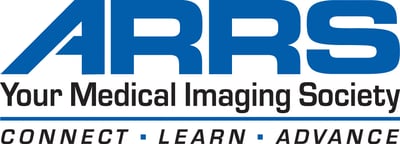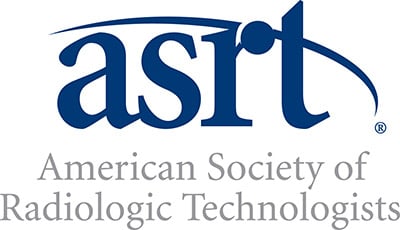Pediatric Radiology AI Resources
Learn more about what we’re doing to ensure safe and effective AI for pediatric care.
Artificial intelligence (AI) in medical imaging is rapidly growing to advance healthcare in adults but is less developed in the pediatric population. AI algorithms trained on adults often cannot be applied to children due to differences in body size, growth, disease types, disorder manifestations, imaging bioeffects and socioeconomic factors.
Pediatric needs are often overlooked in AI development, testing and deployment, making many applications ineffective or harmful for children. To address this, the ACR® Informatics Commission's Pediatric AI Working Group has launched the Image IntelliGently™ campaign to promote safe, high-quality AI for pediatric care.
Image IntelliGently endorses the following statements to ensure pediatric patient access and safety in medical imaging AI:
- AI used in pediatric patients should be designed for and shown to work in pediatric patients.
- Healthcare systems that care for both adults and children should consider an AI algorithm’s impact on pediatric patients before the AI is used only in adults.
- Regulatory changes are needed to ensure pediatric patient safety. Specifically, visible standard verbiage for all FDA-labeled medical devices to include the age of subjects for which the devices were tested, the age group in whom the devices are applicable and a warning when a device has not been cleared for pediatric use.
- Collaboration between pediatric radiologists, data scientists, vendors and regulatory bodies is needed to promote the development of safe, clinically useful AI for pediatric patients.
Advocacy Efforts
Regulatory and legislative stakeholder engagement is key to ensuring the medical community continues to Image IntelliGently.
- FDA AI Transparency | ACR Comments
- HFTF Treatments | ACR and SPR Comments
- Triage Algorithms for Medical Imaging Pose a Safety Risk to Children
Get Involved
If you’re using AI in pediatric patients, we want to hear from you.
Understand the Impact of AI in Pediatric Radiology
Take a look at our video library to learn more about safe and effective AI for pediatric care.
Featured video: The Importance of AI in Pediatric Radiology
- Equitable Use of AI: How Reimbursement may be Key to a More Equitable Future: A Focus on Pediatric AI
- Equitable Use of AI: Can there be equity without legislation?
- Introduction to the ACR Pediatric Radiology AI Workgroup (PAI) & Image Intelligently Campaign
- Economics of Pediatric AI
- Generalizing Adult AI to Pediatric Patients
- AI Medical Device Transparency
Ready to Take the Image IntelliGently Pledge?
We are formally endorsing the "Image IntelliGently" Campaign led by the American College of Radiology® (ACR®). We wholeheartedly support the campaign's mission to ensure that AI in radiology is safe, equitable and reliable for children.
We are aligned with the campaign's vision that:
- All pediatric patients will have access to clinically useful AI in radiology.
- The health of pediatric patients will be improved through the use of AI in radiology.
We recognize the importance of this initiative. As the medical community leans more heavily into the use of AI for various applications, it is imperative that these technologies are not only safe and reliable but also tailored for their specific audiences. It is widely understood that children are not merely small adults; they have unique medical and developmental needs. Thus, AI tools developed for adults may not be suitable or accurate for pediatric patients.
For organizations to further demonstrate their endorsement:
- You will provide a link to the "Image IntelliGently" webpage on your official website.
- You pledge to promote the safe, equitable and reliable use of AI for medical imaging in children.
In return, we understand that our organization's website will be listed as an endorsing body on the "Image IntelliGently" webpage. This mutual recognition stands as a testament to our shared commitment to advancing the best possible care for children worldwide.
We commend the ACR for spearheading this vital campaign and pledge our unwavering support.
Image IntelliGently is endorsed by:








